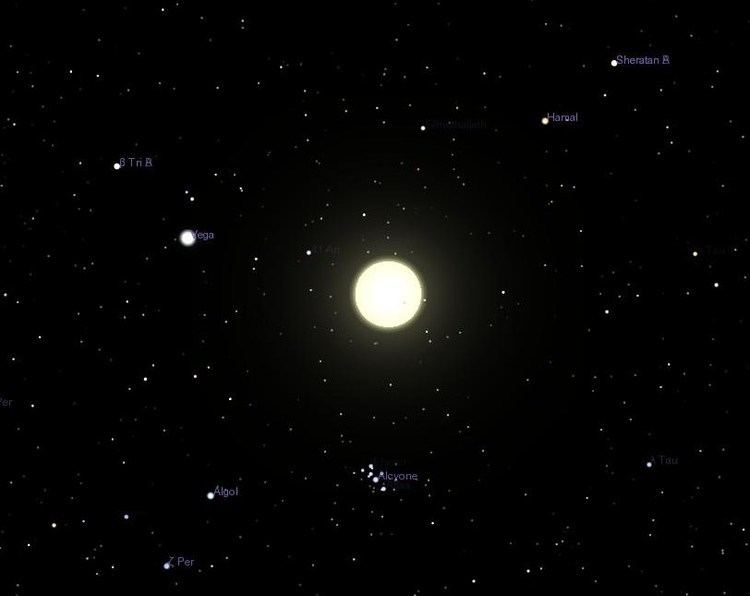Luminosity 0.005/0.003 L☉ | Magnitude 3.43 | |
 | ||
Similar Pi Herculis, Kappa Herculis, Theta Herculis, Beta Herculis, Alpha Herculis | ||
Mu herculis apresenta o
Mu Herculis (μ Herculis) is a nearby star system about 27.1 light years from Earth in the constellation Hercules. Its main star, Mu Herculis A is fairly similar to the Sun although more highly evolved with a stellar classification of G5 IV. Since 1943, the spectrum of this star has served as one of the stable anchor points by which other stars are classified. Its mass is about 1.1 times that of the Sun, and it is beginning to expand to become a giant.
Contents
The secondary component consists of a pair of stars that orbit about each other with a period of 43.2 years. Mu Herculis A and the binary pair B-C are separated by 286 AUs. The stars B-C are separated from each other by 11.4 AUs. Their orbit is quite elliptic (e=0.18) and both stars swing each other between 9.4 and 13.5 AUs.
86 mu herculis a1 elite dangerous
Etymology
In the catalogue of stars in the Calendarium of Al Achsasi Al Mouakket, this star was designated Marfak Al Jathih Al Aisr, which was translated into Latin as Cubitum Sinistrum Ingeniculi, meaning the left elbow of kneeling man.
In Chinese, 天市左垣 (Tiān Shì Zuǒ Yuán), the Left Wall of Heavenly Market Enclosure, refers to an asterism which represents eleven old states in China, marking the left borderline of the enclosure, consisting of μ Herculis, δ Herculis, λ Herculis, ο Herculis, 112 Herculis, ζ Aquilae, θ1 Serpentis, η Serpentis, ν Ophiuchi, ξ Serpentis and η Ophiuchi. Consequently, μ Herculis itself is known as 天市左垣三 (Tiān Shì Zuǒ Yuán sān, English: the Third Star of Left Wall of Heavenly Market Enclosure), represent Jiuhe (九河, lit. meaning nine rivers), possibly for Jiujiang, the prefecture-level city in Jiangxi, China, which is the same literally meaning with Jiuhe. From this Chinese title, the name Kew Ho appeared.
Star system
Star A is itself suspected to be a close binary with a low mass stellar or a large substellar companion, probably at 17.2 AU in an elliptic orbit. Nevertheless, the existence of such an object has still not been confirmed.
